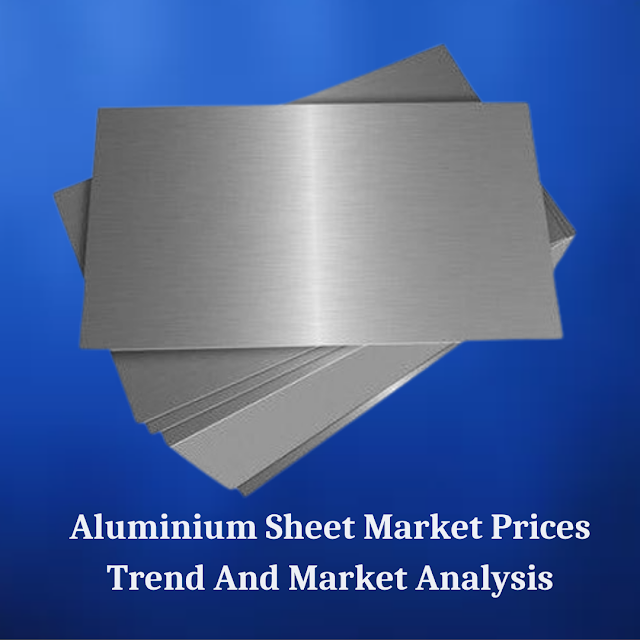Aluminium Sheet Price Trend 2025: Where the Market Is Headed Now
The Aluminium Sheet price
trend in 2025 is something a lot of industries are watching closely.
Aluminium sheet is a key material used across sectors like construction,
packaging, automotive, and household appliances. Whether it's the roof of a
building, the body of a car, or even the packaging of food, aluminium sheet
plays an important role. This year, the market is moving in a way that reflects
both global demand patterns and shifts in raw material and energy costs.
👉 👉
👉 Please Submit Your Query for Aluminium Sheet
Market Price Trend, forecast and market analysis: https://www.price-watch.ai/contact/
In early 2025, aluminium sheet prices started off a bit
stronger than expected. This was mainly because global aluminium prices were
slightly higher due to tight supply in certain regions and high energy costs
from the year before. Aluminium sheets are rolled from primary aluminium, so
anything that affects aluminium production—like bauxite or alumina shortages,
refinery shutdowns, or power cost surges—ends up influencing sheet prices too.
Many manufacturers have been feeling the pressure from higher input costs, and
some of that cost is getting passed down the supply chain.
China, being the largest producer and consumer of aluminium
sheets, has a big influence on prices worldwide. In 2025, domestic consumption
in China stayed solid, especially in infrastructure and building projects. The
government’s continued investment in urban development helped maintain steady
demand, even though the real estate sector faced some challenges. Outside of
China, regions like Europe and North America also saw a revival in construction
and transport-related projects, which supported demand for aluminium sheets in
Q1 and Q2.
Another thing shaping the aluminium sheet market this year
is the rising focus on electric vehicles and renewable energy projects. These
industries require lightweight, corrosion-resistant, and recyclable
materials—traits that make aluminium sheets ideal. With automakers continuing
their push for lighter vehicles and more fuel-efficient systems, demand for
aluminium body sheets is going up. This is creating new opportunities for
suppliers, even as competition remains strong among key global players.
From a market size perspective, the aluminium sheet industry
is growing at a steady pace. In 2025, the global market is projected to expand
further as more applications emerge in green energy, modular construction, and
sustainable packaging. Many countries are also tightening rules around
recyclability and carbon emissions, which is pushing manufacturers to choose
aluminium over heavier, non-recyclable materials. This broader trend toward
sustainable design is working in favour of aluminium sheet demand.
When looking at price segmentation, thinner sheets used in
packaging or consumer goods tend to be more price-sensitive, while thicker
structural or automotive-grade sheets hold more stable value due to their
specialized applications. High-end alloys or heat-treated sheets used in
aerospace and defense also carry premium pricing, and that part of the market
is expected to grow with increased spending in aviation.
Major players in the aluminium sheet industry include
companies like Novelis, Hindalco, Constellium, Alcoa, and China Hongqiao. These
firms manage massive rolling facilities and supply both standard and custom
aluminium sheet products globally. Their pricing strategies, energy sourcing,
and technology upgrades will continue to affect how the market behaves in the
coming months.
As for the forecast, aluminium sheet prices in 2025 are
expected to remain relatively stable with mild upward pressure if raw material
or energy markets stay tight. However, if energy costs ease and global
aluminium production expands smoothly, prices might soften slightly in the
second half of the year. Much also depends on global construction activity,
auto production, and industrial output—if these sectors remain strong, demand
will hold prices up.
To sum it up, 2025 is shaping up to be a year of cautious
optimism for the aluminium sheet market. There’s a good balance between demand
and supply for now, and the long-term push for lightweight, recyclable
materials gives aluminium sheet a strong growth path. Buyers, suppliers, and
manufacturers should keep an eye on energy markets, geopolitical risks, and
infrastructure spending trends, as these will be the biggest factors moving
prices going forward.


Comments
Post a Comment